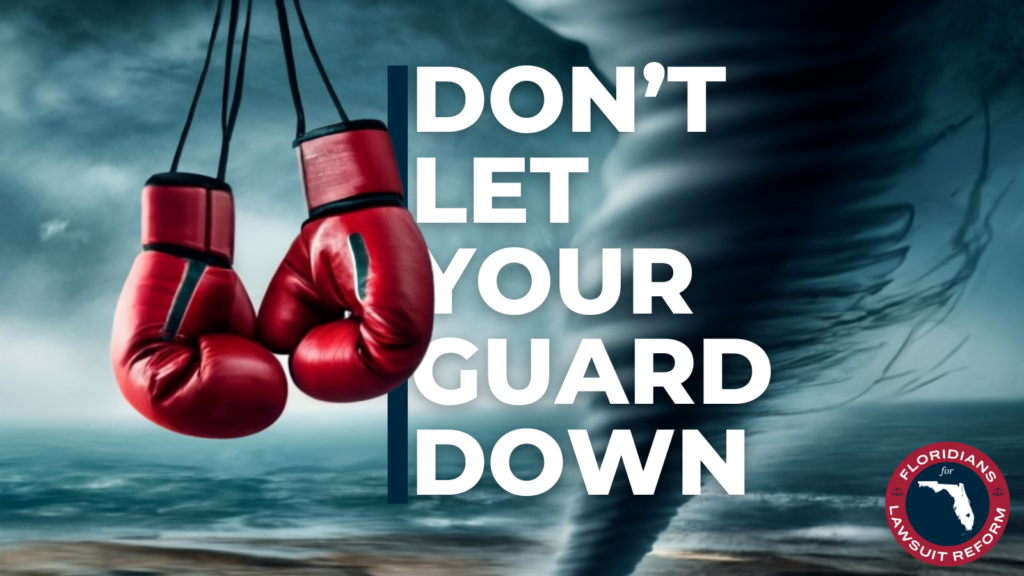
Published Oct. 18|Updated Oct. 18
After homes and businesses were damaged during a bout of rough weather late last week, forecasters quickly determined that two tornadoes had touched down — one in the area of Clearwater Beach and Dunedin, the other in Crystal River.
Now, forecasters say there were actually six.
The National Weather Service’s Tampa Bay office confirmed this week that the newly reported tornadoes were all rated EF0s, which have three-second wind gusts of up to 85 mph. Those four occurred in Sarasota, Oldsmar, Trinity and Belleair, according to the weather service.
The two twisters that the weather service had initially confirmed were rated EF2s, which means they packed winds of up to 135 mph.
No major injuries were reported in any of the six tornadoes, though the two EF2s caused extensive damage in Pinellas and Citrus counties. No major damage was reported from the other four.
They also serve as a reminder that Florida leads the nation in the number of tornadoes reported for every 10,000 square miles — even if the state’s tornadoes are usually smaller than the mighty twisters more common in places like Oklahoma and Kansas.
Severe weather and tornadoes also are expected to be more common this winter because we are in an El Niño year.
“El Niño winters tend to have a little more of this type of activity, so this isn’t really super unusual,” said Jennifer Hubbard, a Tampa weather service meteorologist. “But it was still a somewhat significant number of tornadoes that we saw with this last frontal system.”
Survey teams investigate
When storm damage occurs, the weather service deploys teams to survey the aftermath and investigate for possible tornadoes.
When residents woke up on Oct. 12 to destruction across Tampa Bay, the weather service sent out teams to scrutinize the scenes.
By that afternoon, the weather service determined that the two EF2 tornadoes had caved in windows in Clearwater, pulled entire roofs off of mobile homes in Dunedin and closed down streets in Citrus County. Both tornadoes spanned about 5 miles.
After the storms had passed, the weather service sifted through damage reports made to various outlets, including emergency management offices, sheriff’s offices, local TV stations and social media platforms, Hubbard said.
“Basically wherever we can find it, and then verify that it is a true and accurate report, then we will go from there,” Hubbard said.
Hubbard said that when survey teams investigate tornadoes, they look for areas of damage that correspond with when and where a tornado warning was issued by its office.
How common are Florida tornadoes?
The low-grade tornadoes that are common in Florida, like an EF0, can damage signs or push over shallow-rooted trees, according to the Florida Climate Center, a program housed at Florida State University. A more damaging tornado, like an EF2, can peel roofs from homes, snap trees and demolish mobile homes, the climate center said.
“The coast between Tampa Bay and Fort Myers has a particularly high incidence, as do the western panhandle and parts of the Atlantic Coast,” the climate center said.
Hubbard said Florida has never experienced an EF5, the highest-ranking tornado on the Enhanced Fujita Scale, and only a handful of EF4s and EF3s. Tornadoes that are at EF2 strength or weaker are more typical for the state, Hubbard said.
However, the Tampa Bay area has experienced some high-powered twisters over the years.
Tampa Bay is the only area of Florida to ever experience an EF4, according to the climate center. In one instance in 1966, a tornado began in Clearwater, stayed on the ground and swirled all the way to the Atlantic Ocean. The tornado, while not the deadliest in the state’s history, killed 11 people and injured more than 500.
During the winter months, El Niño, which began in June, can bring a higher chance of storms with powerful wind gusts, thunderstorms and brief tornadoes to the Tampa Bay area.
“El Niño winters tend to have more fronts moving through with more dynamics,” Hubbard said. “The jet (stream) is displaced a little more to the south, so that provides more dynamics that allows for that tornadic activity.”
As Tampa Bay straps in for an El Niño winter, Hubbard said residents need to make sure their weather alerts are not turned off, especially at night.
“Make sure you have more than one way to receive a warning, and more importantly even — these events, more often than not, tend to come through in the middle of the night, so a way to receive a warning in which it will alert you and wake you up,” Hubbard said.
